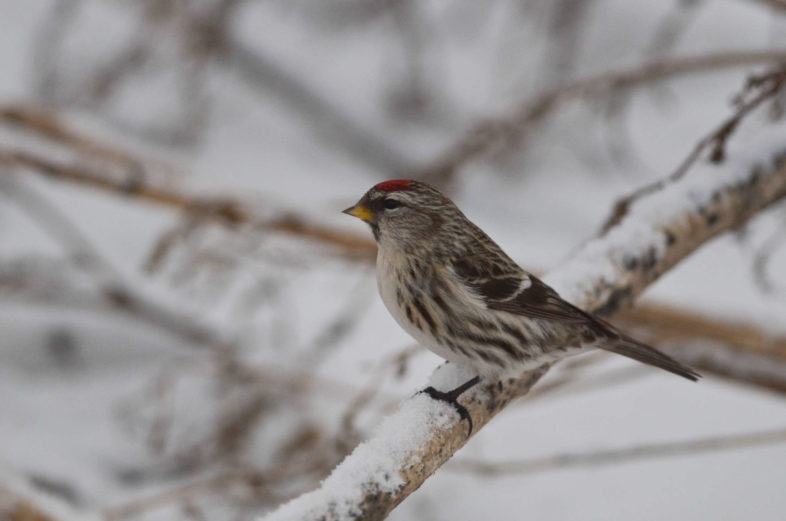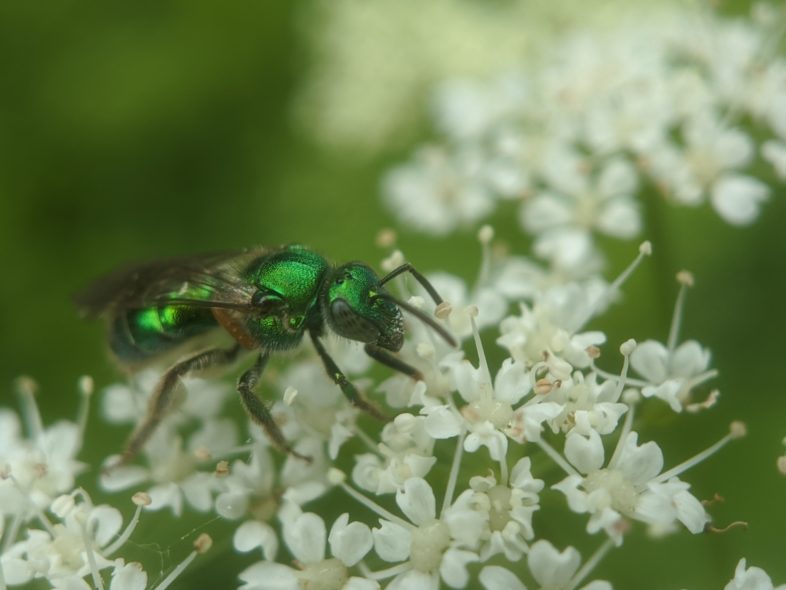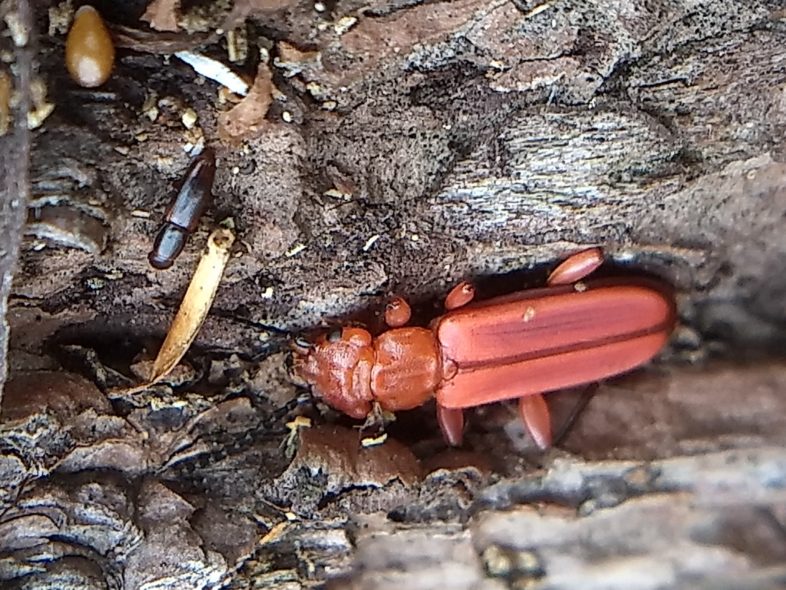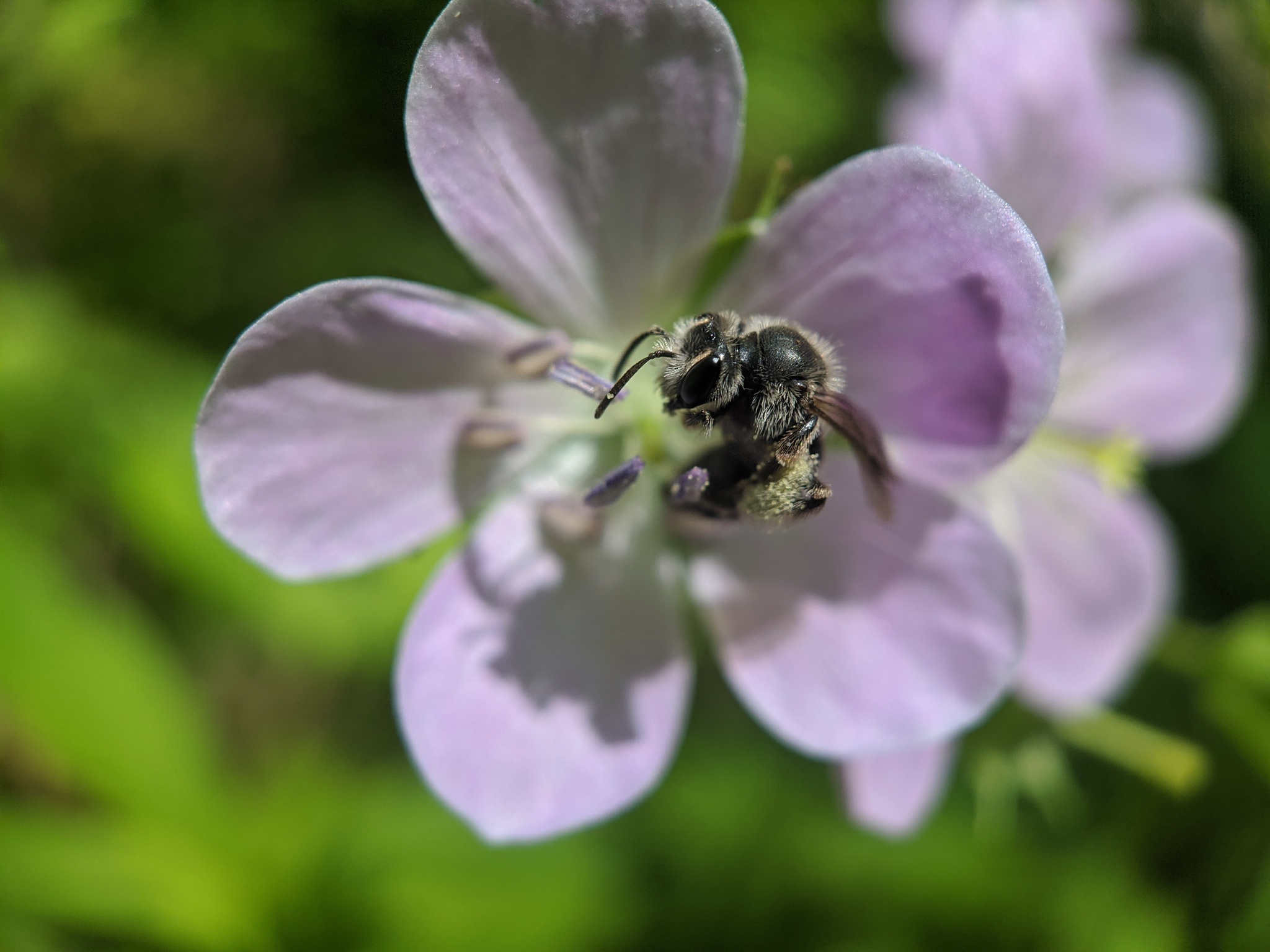We invite you to engage directly with our leading biologists and be part of conversations at the cutting edge of conservation science. We hope you will come away inspired by what you hear, curious to learn more, and aware of something you did not know before.
Wednesday, February 24, 2021
7-8 pm on Zoom
HOW TO ATTEND
PRESENTERS AND TOPICS
~ ~ ~
Chris Rimmer and Nathaniel Sharp: 2020 Winter Birding Report and Birding Q & A

Common Redpoll © Nathaniel Sharp
Join Chris Rimmer and Nathaniel Sharp for a 2020 local birding recap and open discussion about this winter’s birding scene. As birders stayed at home and explored their backyards and local patches throughout 2020, they contributed a vast amount of data in the form of Vermont eBird checklists, totaling an unprecedented 190 species found within Norwich alone. Throughout Vermont, boreal birds poured south through the fall and winter, and many Vermonters have been lucky enough to see such uncommon winter visitors as Hoary Redpolls, Pine Grosbeaks, and even Boreal Chickadees. From the visit of a rare Western Kingbird to a boom of bold yellow Evening Grosbeaks, hear about all the unusual species and exciting moments that got birders grabbing their binoculars and running out the door this year. Come prepared to ask your own birding questions, too!
~ ~ ~
Spencer Hardy: The Future of Bee Monitoring in Vermont

Metallic Epauletted-Sweat Bee (Augochloropsis metallica) © Spencer Hardy
After two seasons of non-stop bee surveys around the state, the VTBEES team is just starting to figure out the distribution and abundance of most of the bee species in the state. With finite funding we are looking ahead at long-term monitoring and ways to crowdsource our job while sharing what we have learned. To this end, we recently received a small grant to build an online atlas of field identifiable bees that we hope will help casual observers make higher-quality observations and better understand the bee diversity they encounter. Come hear the project coordinator, Spencer Hardy, discuss this project and show example pages from the forthcoming online Atlas.
~ ~ ~
Jason Hill and Pete Kerby-Miller: Montane Invertebrate Surveys

Red Flat Bark Beetle © Jason Hill
Much of the research and wildlife management in the Northeast montane spruce-fir zone is directed towards the conservation of birds and mammals. In contrast, when invertebrates (including insects) are the focus of research and management actions, these activities are often focused on species viewed as forest pests, such as spruce budworm and balsam woolly adelgid. The invertebrate community in the spruce-fir zone, however, is an integral component of this ecosystem, and likely provide the bulk of ecosystem services along with plants and fungi. This summer, in conjunction with Mountain Birdwatch survey locations, Pete Kerby-Miller and Jason Hill will initiate a pilot project to sample soil invertebrates and the primary food of montane birds–insects such as adelgids, sawflies and the larvae of Lepidoptera. We hope by broadening the taxonomic scope of our data collection that we can simultaneously gain understanding of invertebrate biogeography and the processes driving the dynamics of bird populations. Join us for a group conversation about moving forward with sampling for invertebrates under and above the ground.
HOW IT WORKS

